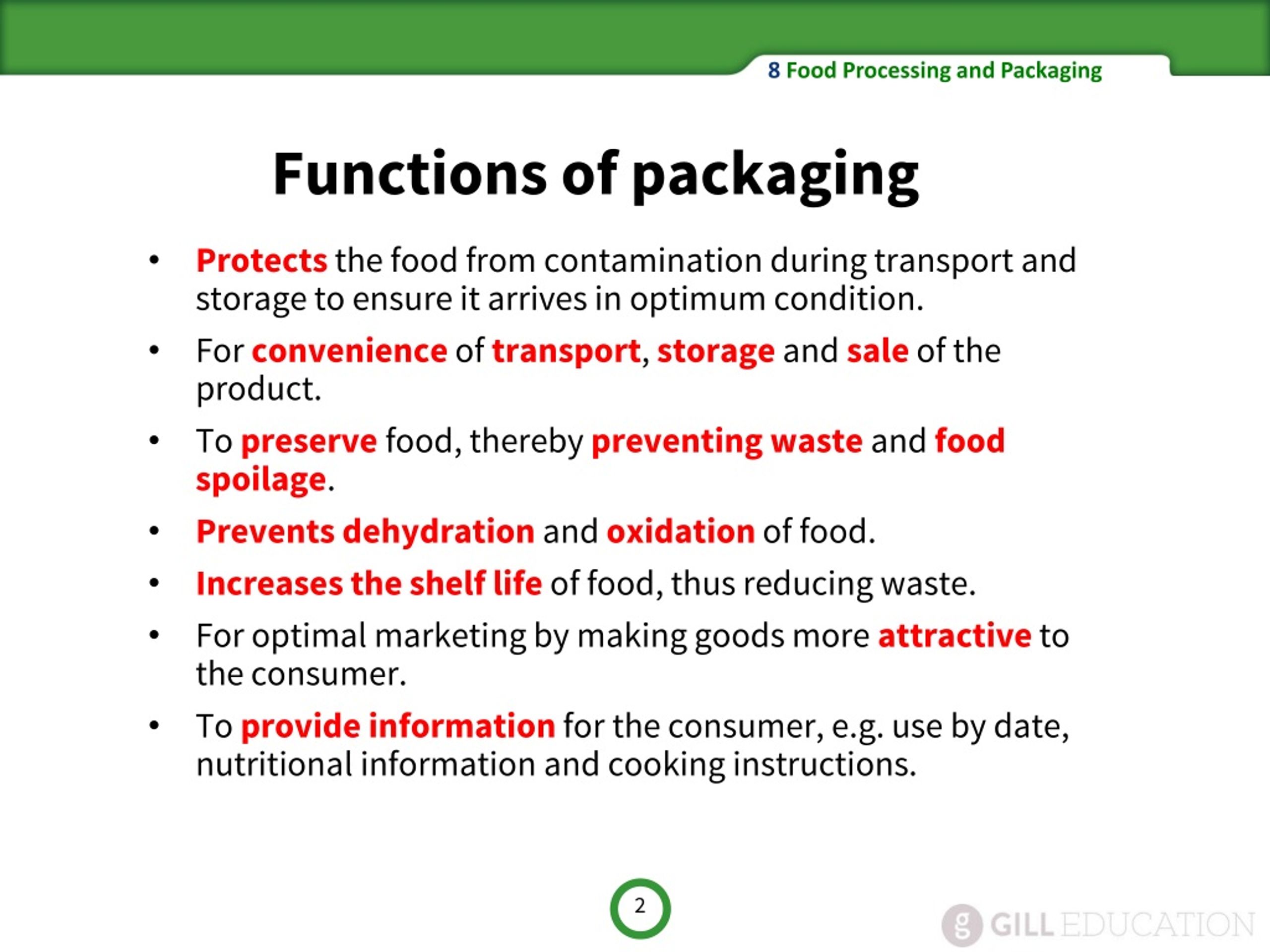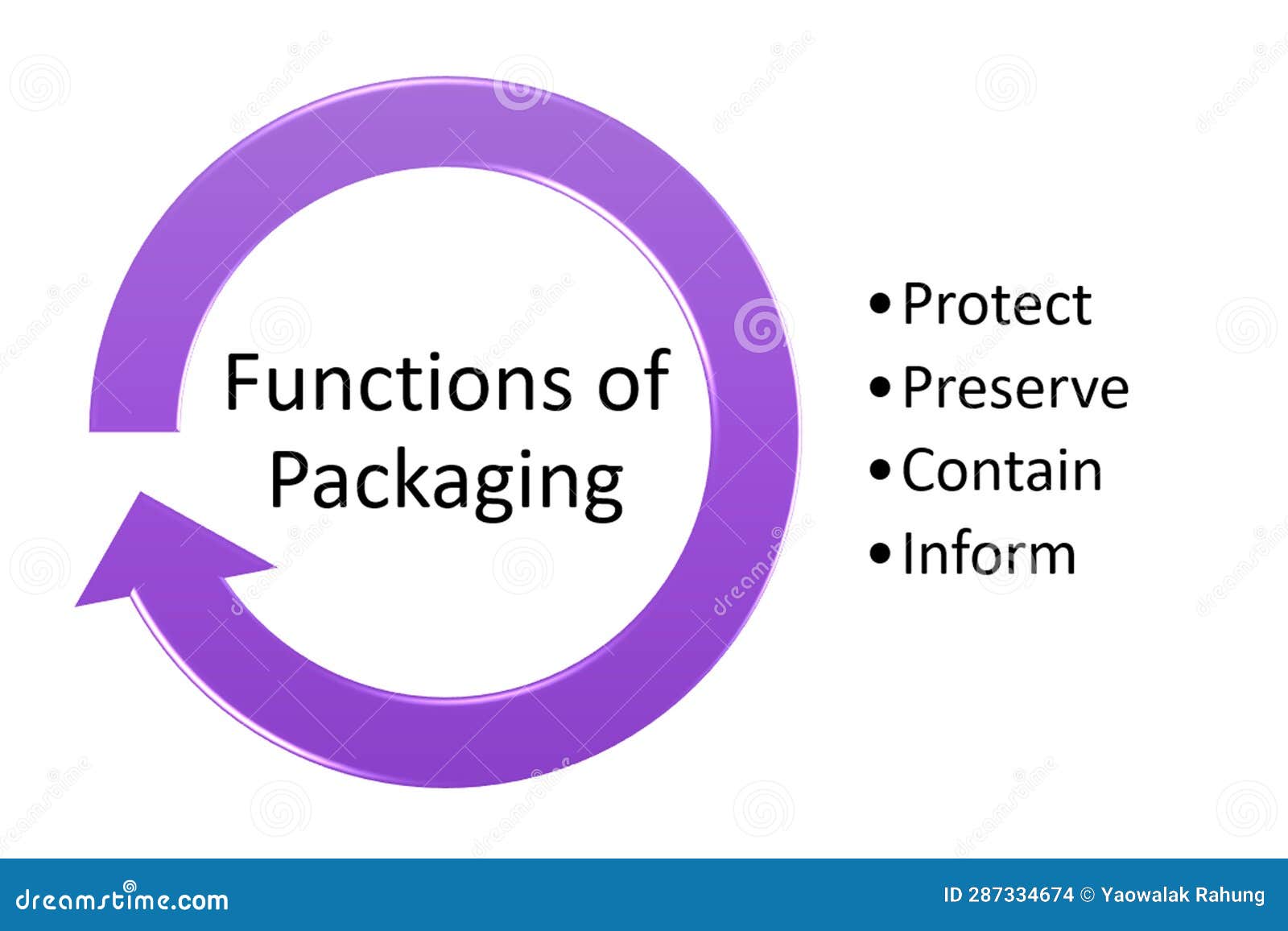The Evaluation Of Packaging As A Marketing Function Indicates That
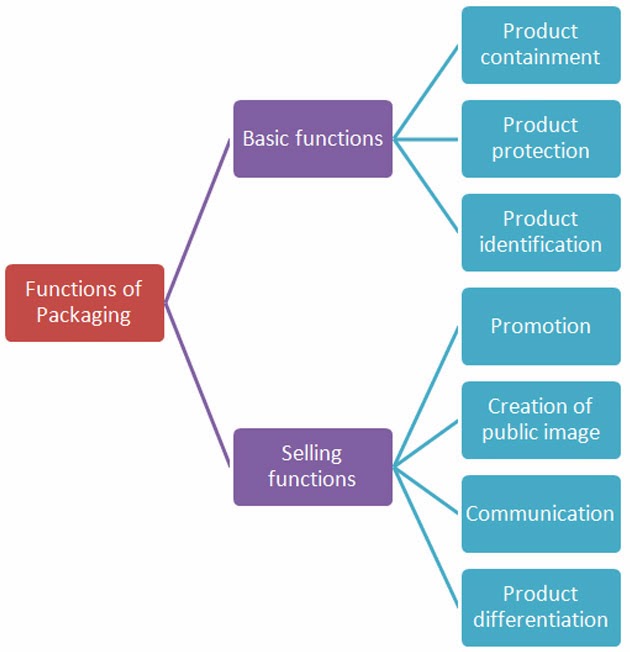
Imagine strolling through a bustling farmers market, the air thick with the scent of ripe strawberries and freshly baked bread. Your eyes dart from stall to stall, a kaleidoscope of colors and textures vying for your attention. A vibrant jar of artisanal jam, nestled in a rustic burlap sack, catches your eye, while a simple, clear container of honey reveals its golden goodness within. It's more than just the product; it's the presentation, the silent promise of quality and care conveyed through the packaging itself.
The critical evaluation of packaging as a marketing function reveals that it is far more than a mere container. It's a dynamic communicator, a silent salesperson, and a vital element in shaping consumer perception and driving purchasing decisions. This article explores how brands are increasingly leveraging packaging to build brand loyalty, communicate values, and stand out in a crowded marketplace.
For decades, packaging was primarily viewed as a functional necessity: a vessel to protect and transport goods. Its marketing potential was often an afterthought, secondary to cost efficiency and logistical concerns. However, the rise of consumerism, coupled with an increasingly competitive retail landscape, has forced businesses to rethink their approach.
Today, packaging is recognized as a powerful brand ambassador, working tirelessly on shelves and in homes to reinforce brand messaging. A 2023 report by the Packaging Association of America (PAA) indicated that 67% of consumers consider packaging as an important factor influencing their buying decision. This highlights the significant shift in consumer perception.
The Multifaceted Role of Packaging
Packaging serves several key functions within the marketing ecosystem. It protects the product, informs the consumer, and ultimately, influences their decision to buy. Let’s examine these functions in more detail.
Protection and Preservation
The primary role of packaging remains to safeguard the product from damage during shipping, handling, and storage. Effective packaging ensures the product arrives in optimal condition, maintaining its quality and extending its shelf life. This is particularly crucial for food and beverage products, where safety and freshness are paramount.
Communication and Information
Packaging provides a valuable platform for communicating essential information about the product. This includes ingredients, nutritional facts, usage instructions, and safety warnings. Clear and concise communication builds trust with the consumer and helps them make informed choices. Legibility and clarity are key considerations here.
The use of QR codes on packaging is becoming increasingly popular, allowing consumers to access additional information, such as product origin stories, recipe ideas, and promotional offers. This interactive approach enhances the consumer experience and strengthens brand engagement.
Brand Identity and Differentiation
Perhaps the most significant function of packaging is its ability to build brand identity and differentiate a product from its competitors. Color, shape, materials, and graphics all contribute to the overall perception of the brand. A well-designed package can instantly convey a brand's personality, values, and target audience. Think of Tiffany & Co.'s iconic blue box – instantly recognizable and synonymous with luxury.
Consider the impact of sustainable packaging. Brands are increasingly adopting eco-friendly materials and designs to appeal to environmentally conscious consumers. According to a Nielsen survey in 2022, 73% of global consumers said they would definitely or probably change their consumption habits to reduce their impact on the environment.
The Psychology of Packaging
The impact of packaging extends beyond the practical and informational; it taps into the psychology of consumer behavior. Colors, shapes, and materials evoke emotions and associations that influence purchasing decisions.
For example, warm colors like red and orange are often associated with energy and excitement, making them suitable for products targeting a younger demographic. Cool colors like blue and green, on the other hand, convey a sense of calm and trustworthiness, making them ideal for health and wellness brands. Understanding these psychological triggers is crucial for creating effective packaging designs.
Texture also plays a significant role. A smooth, glossy finish can suggest sophistication and luxury, while a rough, matte finish can convey a sense of authenticity and naturalness. The choice of materials, whether it's glass, metal, or paperboard, further contributes to the overall perception of the product.
The Package Design Magazine often highlights the cutting-edge strategies that companies use to gain a competitive advantage.
Sustainability: The New Imperative
In today's world, sustainability is no longer a niche trend; it's a fundamental expectation. Consumers are increasingly demanding eco-friendly packaging solutions that minimize environmental impact. Brands that fail to address these concerns risk alienating their customer base.
Sustainable packaging encompasses a wide range of practices, including using recycled materials, reducing packaging waste, and designing for recyclability or compostability. The Ellen MacArthur Foundation advocates for a circular economy approach to packaging, where materials are kept in use for as long as possible, reducing reliance on virgin resources.
Many companies are experimenting with innovative sustainable materials, such as mushroom packaging, seaweed-based films, and plantable seed paper. These alternatives offer promising solutions for reducing the environmental footprint of packaging while still maintaining its functionality and aesthetic appeal.
However, sustainability is not just about materials; it's also about design. Optimizing packaging size and shape to minimize waste is crucial. Companies are also exploring reusable and refillable packaging options to encourage consumer participation in the circular economy.
Measuring Packaging Effectiveness
How can brands determine whether their packaging is effectively achieving its marketing objectives? There are several key metrics to consider, including brand awareness, sales performance, and consumer perception. Market research, A/B testing, and consumer feedback are valuable tools for assessing packaging effectiveness.
Tracking sales data before and after a packaging redesign can provide insights into its impact on purchasing behavior. Monitoring online reviews and social media mentions can reveal how consumers are responding to the new packaging. A/B testing different packaging designs can help identify which elements resonate most strongly with the target audience.
Ultimately, the success of packaging as a marketing function is measured by its ability to drive sales, build brand loyalty, and enhance the overall consumer experience. By continuously monitoring and adapting their packaging strategies, brands can ensure that they are maximizing their return on investment.
The Future of Packaging
The future of packaging is likely to be shaped by several key trends, including increased personalization, enhanced interactivity, and a continued focus on sustainability. Advances in technology are enabling brands to create highly customized packaging solutions that cater to individual consumer preferences.
Personalized packaging, such as customized labels and boxes, can create a stronger emotional connection with the consumer. Interactive packaging, incorporating augmented reality (AR) and near-field communication (NFC) technology, can provide consumers with a richer and more engaging experience. Imagine scanning a package with your smartphone and instantly accessing product information, interactive games, or exclusive content.
As sustainability becomes increasingly important, we can expect to see a greater emphasis on bio-based materials, compostable packaging, and closed-loop recycling systems. The convergence of technology, sustainability, and personalization will drive innovation in the packaging industry for years to come.
In conclusion, the evaluation of packaging as a marketing function reveals its pivotal role in shaping consumer perception, building brand loyalty, and driving sales. It's a dynamic and multifaceted discipline that requires a deep understanding of consumer behavior, design principles, and sustainability considerations. By embracing innovation and prioritizing consumer needs, brands can leverage the power of packaging to create a lasting impression and achieve their marketing goals.
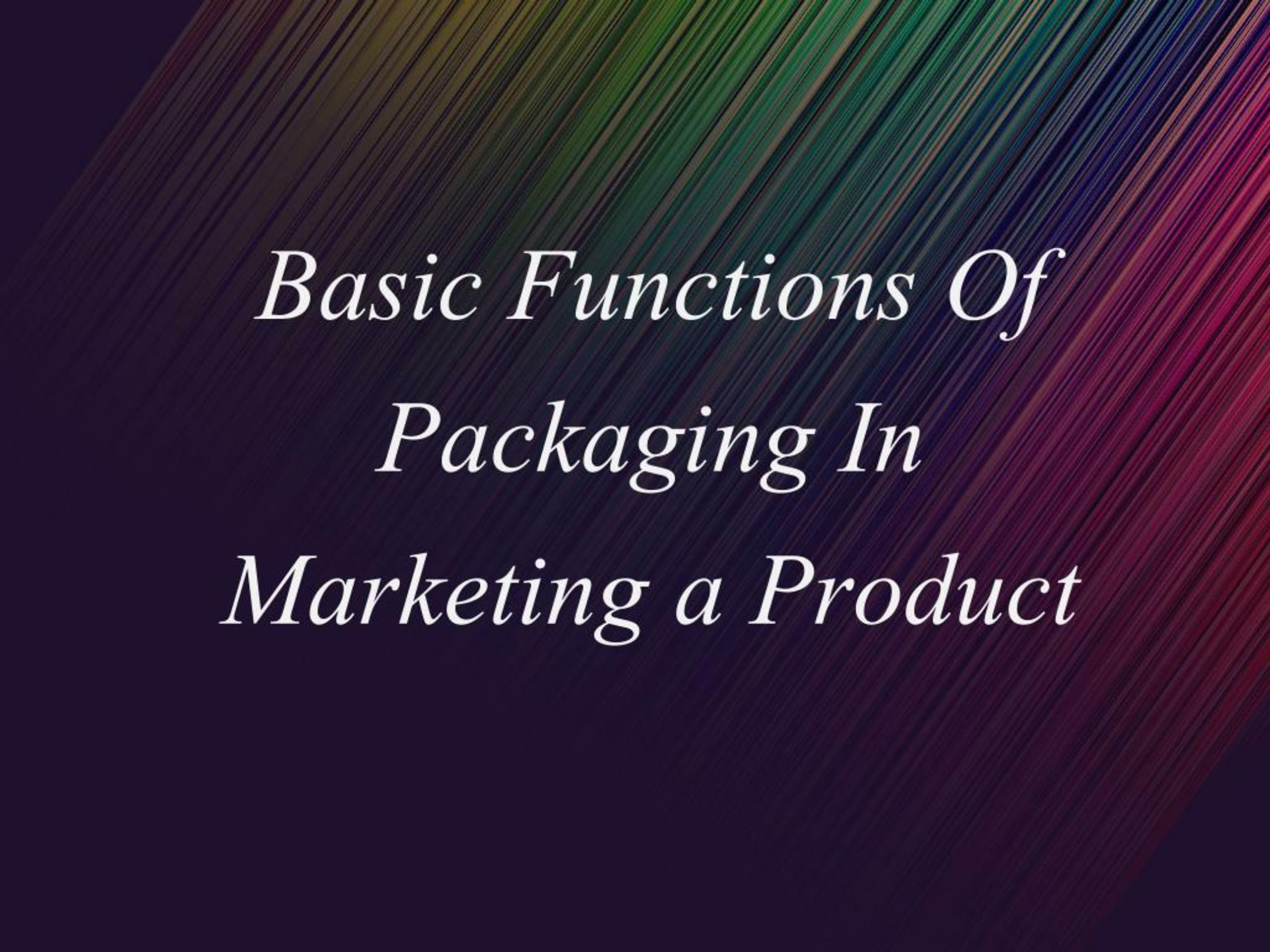
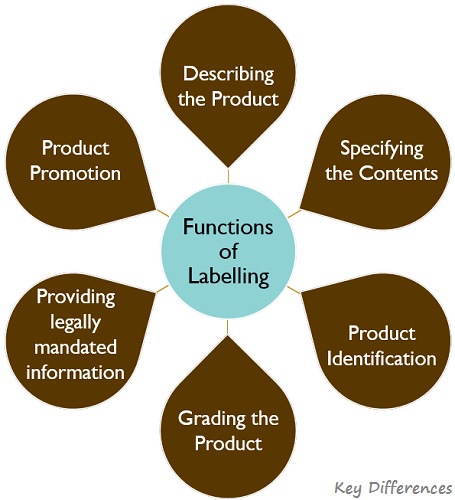



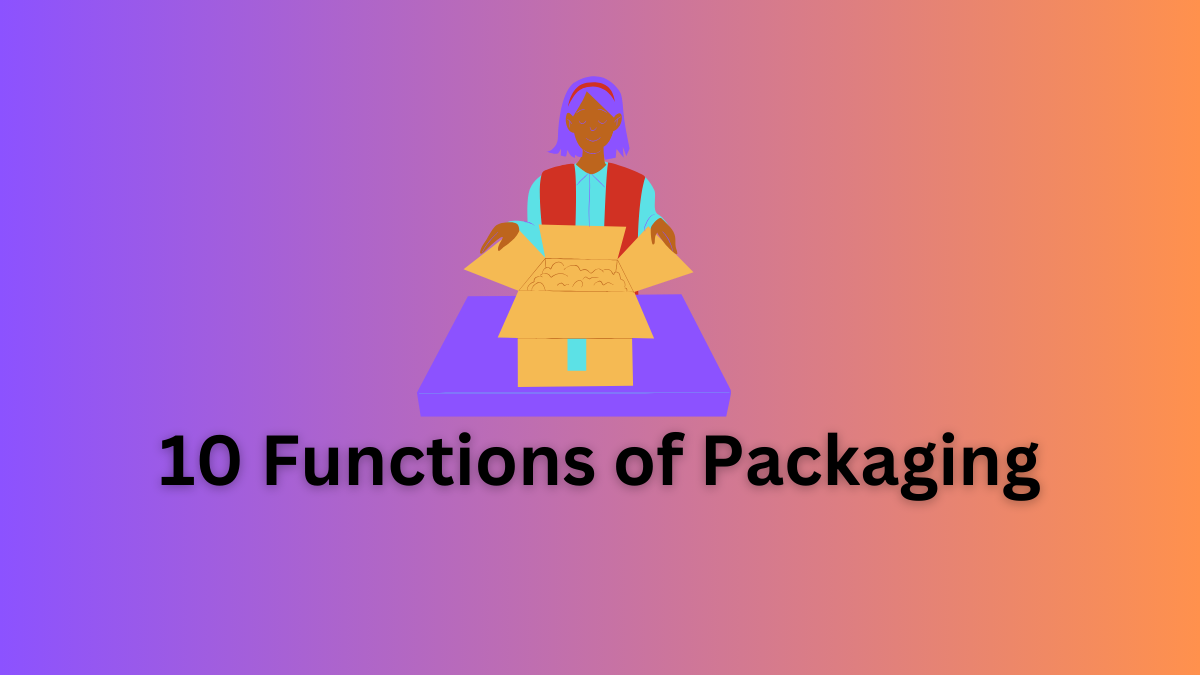
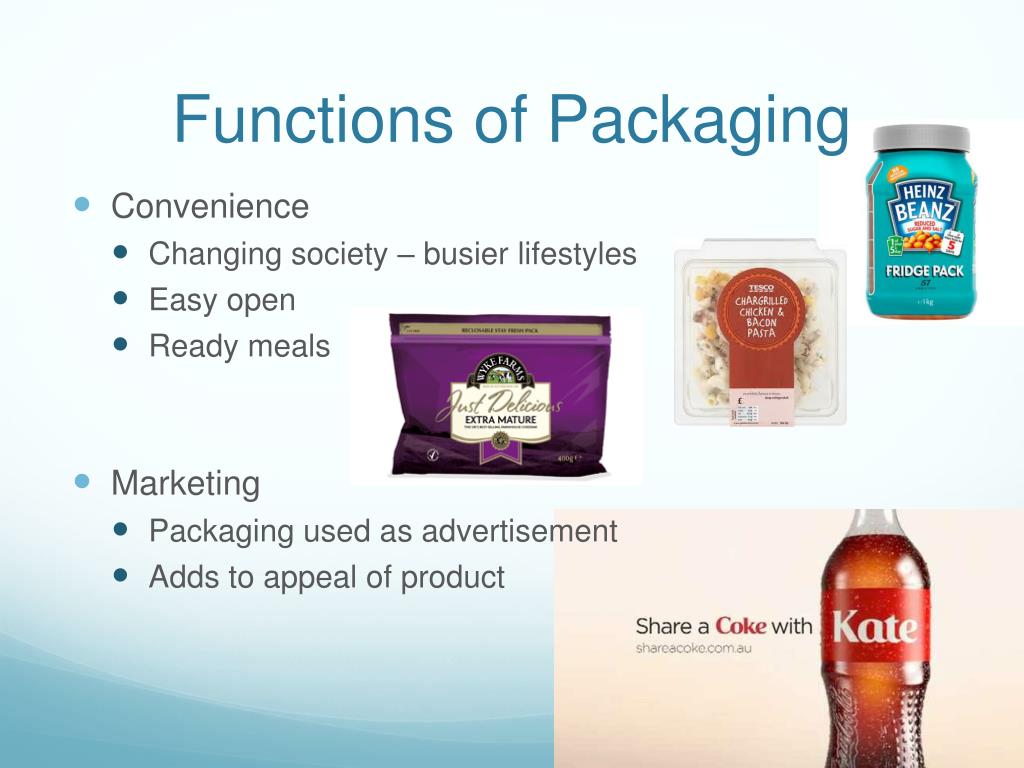








![The Evaluation Of Packaging As A Marketing Function Indicates That Functions of Packaging in Marketing [Explained With Examples!]](https://marketingv20.com/wp-content/uploads/2023/01/Functions-of-Packaging-in-Marketing.webp)
